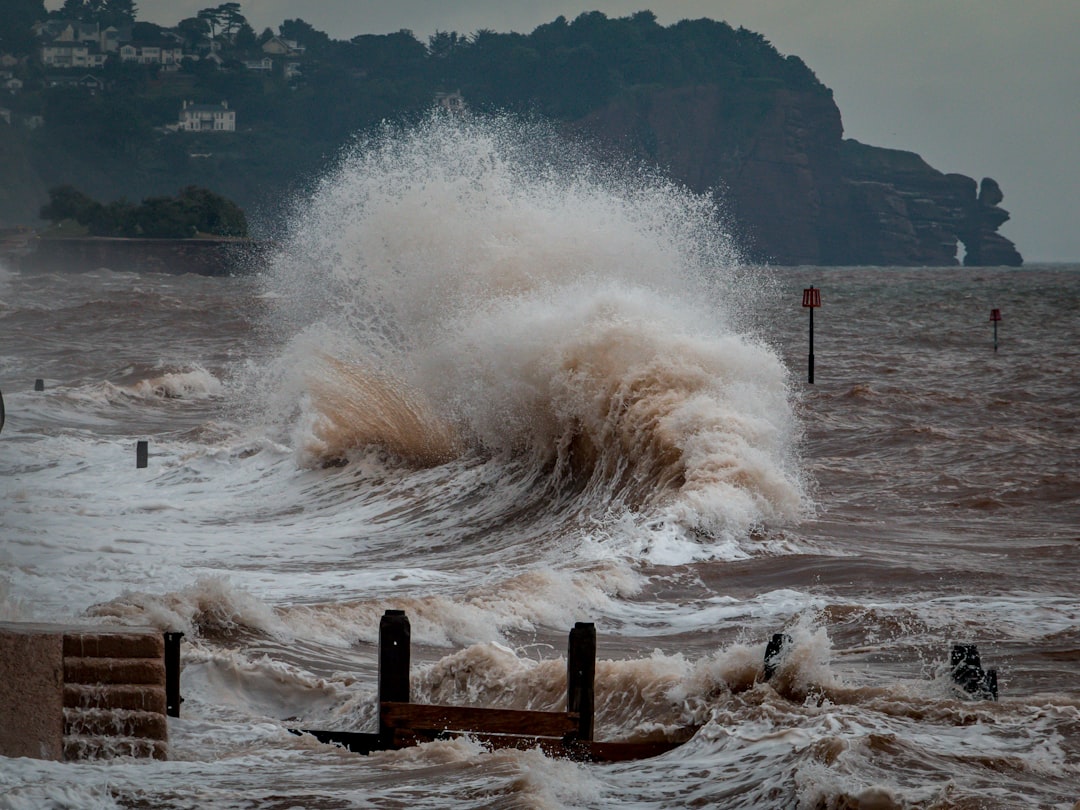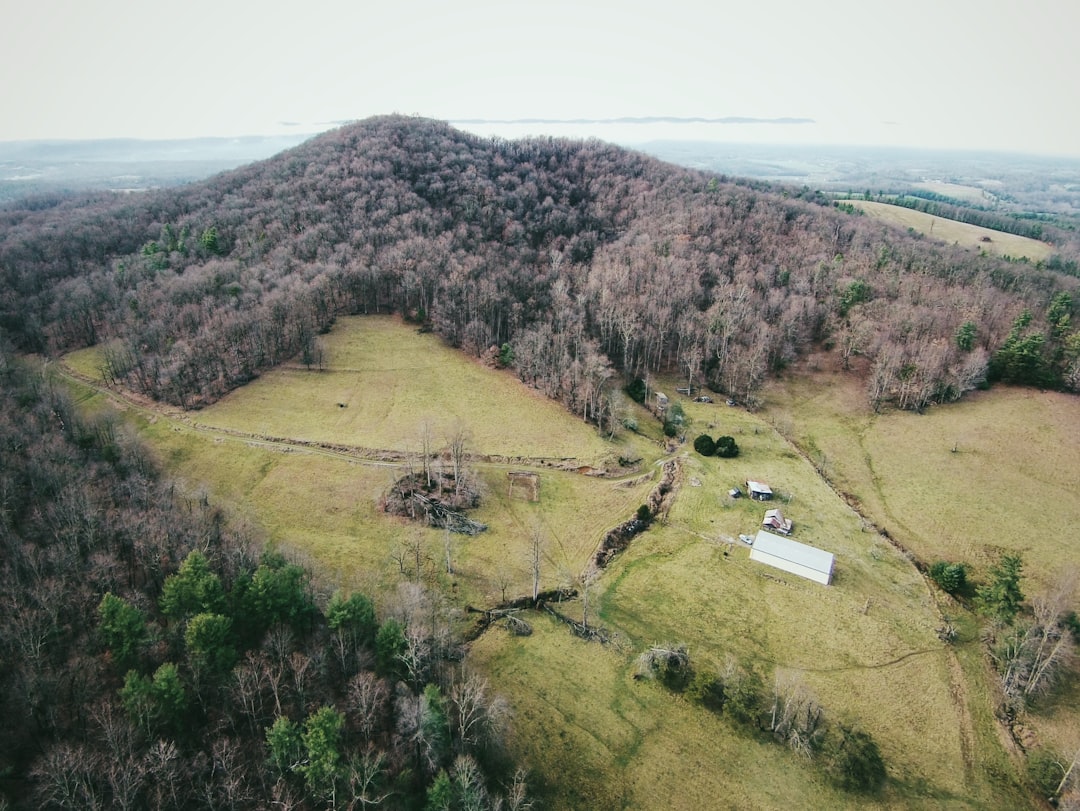What is it about?
The study revolves around exploring the Asmari formation within Iran's Gachsaran field, specifically focusing on well GS-314. Tools like the fullbore formation microimager (FMI) and repeat formation tester (RFT) were employed to comprehensively understand the reservoir characteristics of this formation. The primary aim was to locate high-porosity layers and assess fracture characteristics using FMI, while RFT was utilized to gather pressure data for enhanced insights. The analysis revealed a potential non-permeable fault in the Asmari reservoir of GS-314, signaling possible compartmentalization within this area. Notably, the RFT pressure data showcased a substantial gradient change across the fault, indicating a shift in oil gradients by 100 psi. The FMI images, particularly around the 2173.6 m mark in the Asmari reservoir, highlighted a dense 1-meter layer with a distinct dip, contrasting sharply with the surrounding bedding. This layer was interpreted as a sealing fault due to its compact appearance. The study demonstrates how the combined utilization of FMI and RFT tools offers a powerful method to interpret sealing faults within naturally fractured oil fields in Iran, providing valuable insights into reservoir compartmentalization and fault characteristics.
Featured Image

Photo by Amir Ahmadpour on Unsplash
Why is it important?
This study is crucial because it introduces a method for identifying potential sealing faults in the Asmari reservoir within the Gachsaran field in Iran. By using advanced tools like the fullbore formation microimager (FMI) and the repeat formation tester (RFT), this research revealed a possible non-permeable fault within the reservoir. The analysis of RFT pressure data and FMI images indicated a significant change in oil gradients across a fault, suggesting potential compartmentalization in the area surrounding well GS-314. The identification of this sealing fault can significantly impact the understanding of reservoir behavior and productivity, showcasing the value of employing FMI and RFT in evaluating naturally fractured oil fields like those in Iran.
Perspectives
In this study, we'll demonstrate how combining FMI and RFT tools helped identify a possible sealing fault in Iran's Gachsaran field. By analyzing borehole images and pressure data from well GS-314, we found indications of a non-permeable fault in the Asmari reservoir. The pressure changes across this fault hint at potential compartmentalization in that area. The images from the FMI also revealed a thick, dense layer with a different dip than the surrounding bedding, suggesting it could be a sealing fault. This research highlights how these tools can help us understand natural fractures in oil fields better.
Dr Zohreh Movahed
zmovahed@gmail.com
Read the Original
This page is a summary of: Introduction of sealing fault in Asmari reservoir by using FMI and RFT in one of the Iranian naturally fractured oil fields, Arabian Journal of Geosciences, June 2015, Springer Science + Business Media,
DOI: 10.1007/s12517-015-1951-z.
You can read the full text:
Contributors
The following have contributed to this page










